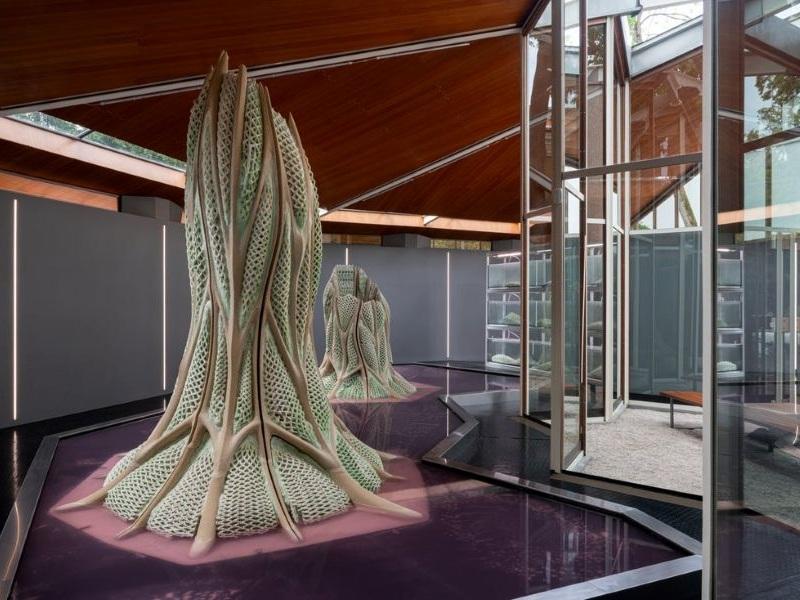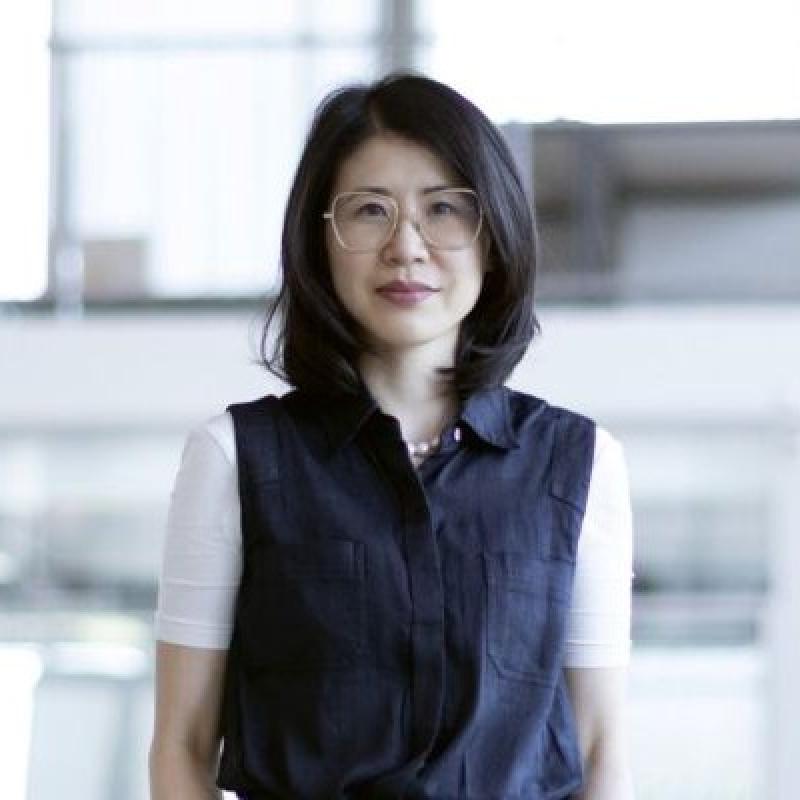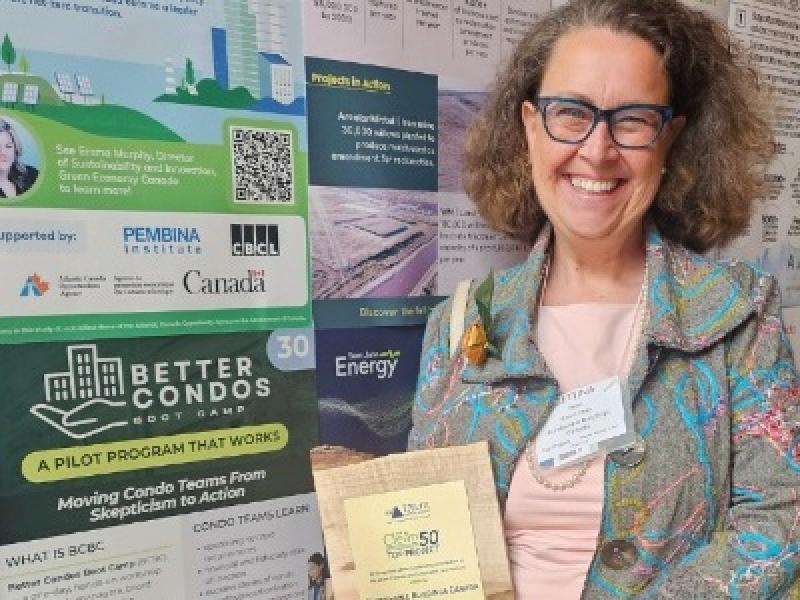
A 3D-printed “living material” that captures carbon dioxide (CO2) from the atmosphere, developed with a key contribution from a Canadian researcher, could some day enshroud buildings to mitigate their climate impacts.
Made by a team from ETH Zurich, which includes Canadian Andrea Shin Ling, the group fashioned tiny, lattice-shaped objects embedded with cyanobacteria, known informally as blue-green algae.
The photosynthetic bacteria consume CO2 and form deposits of a mineral called carbonate, trapping the greenhouse gas at a level comparable to industrial carbon sequestration.
The research was published in Nature Communications in an April article titled Dual carbon sequestration with photosynthetic living materials.
“Being able to access biological functionalities in order to get to a regenerative system is something that I think has a lot of promise in terms of pursuing really sustainable or regenerative systems of production,” Ling said in an interview with Sustainable Biz Canada.
An architect, biodesigner and doctoral fellow at the Swiss university, she envisions it could be developed into a mass producible coating for buildings that makes carbon capture far more ubiquitous.
A carbon-capturing living material
The idea for the living material stems from research at the University of Colorado Boulder, where a team inoculated CO2-absorbing bacteria in a solution of sand and gelatin. The bacteria consumed CO2 to produce an ingredient used to make cement, hardening the solution into a brick. Ling’s goal was to replicate the finding and further push the boundaries.
Living materials, she said, could repair themselves when provided with enough resources. Rather than produce more carbon-intensive cement and concrete, the microbes can “heal” the material over time through natural processes.
She proposed the idea to her consortium at ETH Zurich, which focuses on advanced engineering with living materials. Ling handled the modelling and discussion for the paper.
First, the team engineered cyanobacteria that sequester CO2, and combined the microbes in a hydrogel bioink amenable for 3D printing.
Two-centimetre-tall lattice structures were printed and observed. An object resembling a morel mushroom started clear white. It gradually took on a light green hue after 30 days and began to stand on its own, albeit leaning at an angle. At 60 days, the colour darkened to a deep jade. In 120 days, the object stood upright.
At 400 days, the structures were weighed and burned to remove the hydrogel and bacteria. The carbonate “skeleton” was left, which was compared to the initial weight.
The team found the bacteria trapped approximately 26 milligrams of CO2 per gram of hydrogel, a capacity Ling said is comparable to industrial-level carbon capture.
“It’s much more passive,” Ling said, comparing the process to mechanical carbon capture. “It’s fairly low intensity, happens at room temperature with saltwater and sunlight.”
While sequestering CO2 with biochemistry may be less efficient than carbon capture and storage, the paper says the living material “highlights the ability to use photosynthetic living materials as a complementary approach in a more distributed manner.”
Given enough fresh saltwater and sunlight, the cyanobacteria could theoretically self-sustain in perpetuity, Ling said.
Carbon capture on building fronts

For a practical application, Ling’s team is examining the possibility of building exteriors being coated with the material. Another possibility the team suggests in the paper is incorporating the materials in commercial-scale CO2 sequestration plants.
She believes the material could potentially be mass produced. Businesses interested in collaboration and deployment have already reached out to the team.
Cost will be one critical hurdle to overcome. Maintenance will be another. As an architect, she was instilled to believe “water is the enemy,” but the living materials are sustained in a water-based system, presenting a potential moisture problem.
To showcase the living material concept, metres-tall structures were crafted out of a similar material system, and are being displayed at the Venice Architecture Biennale until November. The Living Room Collective, a group Ling is a part of, was chosen by the Canada Council for the Arts to represent the country with an installation named Picoplanktonics.
“I want the people to see the potential of what happens when you start to use living materials in your environment at the scale that a regular person can appreciate,” Ling said about the exhibition. The collective plans to demonstrate the material in other locations, with an installation in Budapest coming up.
For next steps in her research, Ling plans to examine how the living material functions outside the lab in environments such as a lakefront – “it’s more research on 'how do you get this thing to survive outside.' ”










